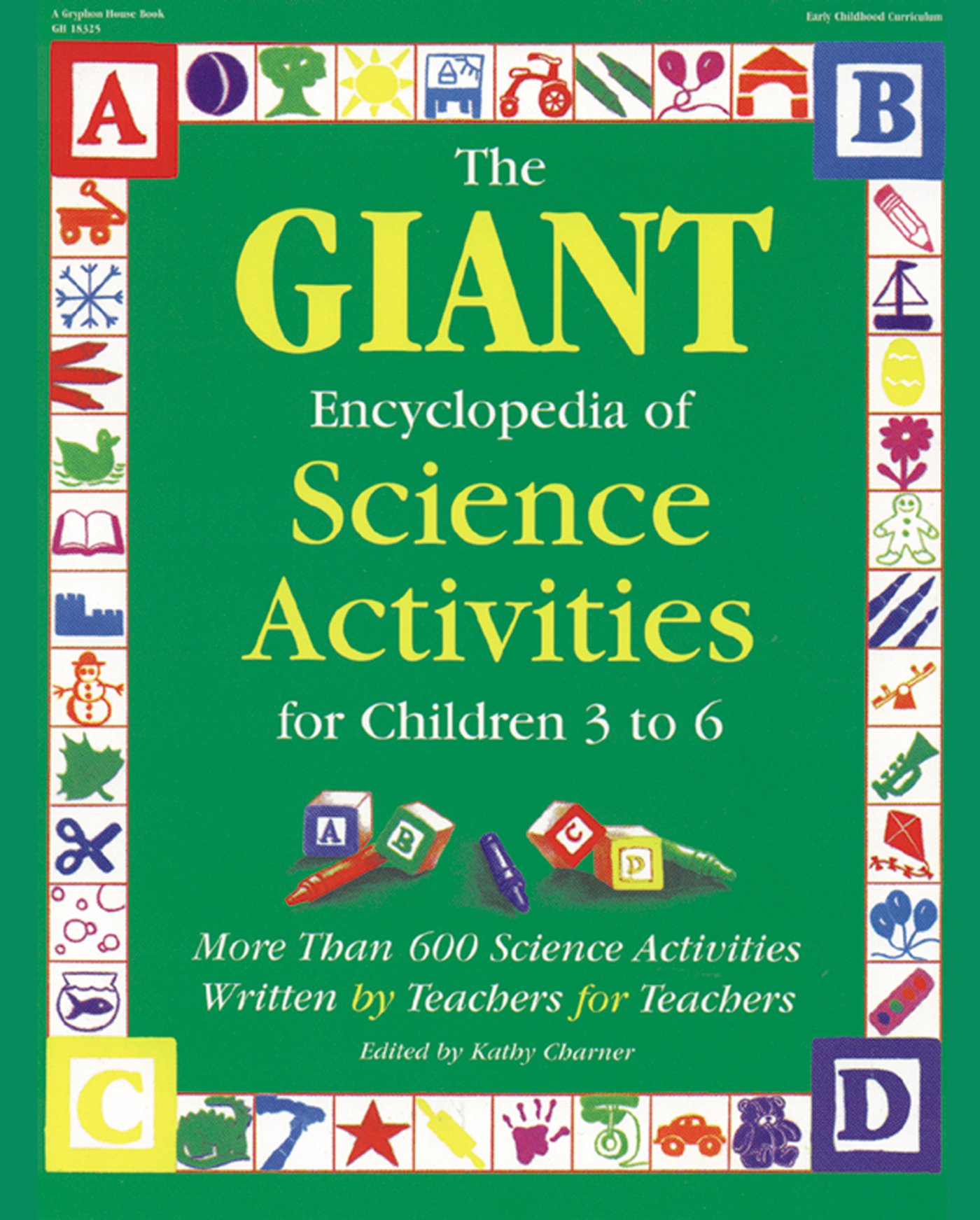Materials
Glass mirrors Other mirrors (made from plastic, etc.)Pans Cardboard
Glue or paste Aluminum foil
Scissors Water
Instructions
1. Explain to the children that today they will be doing an activity that centers on reflections. A reflection is the return of light from a surface.
2. Tell the children that the best reflections come from very shiny surfaces such as mirrors.
3. After you have discussed glass safety issues, display and distribute glass mirrors so that the children can see the shiny surfaces.
4. Ask the children what they notice about the mirrors. Try to get the children to notice the flat surface, the glare that is produced, that all of the mirrors are made of glass, etc.
5. Distribute the mirrors made from materials other than glass and ask the children to compare them to the glass ones. What things are the same about the mirrors? What things are different about the mirrors?6. Tell the children that there are many things around our homes and in nature that reflect other objects. Have a brainstorming session with the children. Try to come up with a list of reflecting objects from both home and nature. You may want to do this on two sheets of large paper or on the chalkboard. Remind the children that the objects must be somewhat flat and shiny.
7. Tell the children that they are going to create two mirrors. One will represent nature while the other will represent the home.
8. Distribute the pans and let the children fill the pans with water to represent a pond or stream in nature.
9. Encourage the children to go around the room or even outside with their "water mirrors" to observe the reflections on the water. Discuss why the water creates reflections (it is a flat shiny surface).
10. Distribute the cardboard, aluminum foil, scissors and glue or paste.
11. Help the children cut a piece of foil to the size of the cardboard and then glue it to the cardboard to represent a household mirror.
12. Let the children repeat step nine with their foil mirrors.
13. Compare and contrast the results of the two mirrors. Did one reflect better than the other? Why? (Usually the water reflects better than the foil because it has a flatter surface.)More to doArt: Let the children look into a mirror and sketch what they see.Storytelling: Ask the children to make up and tell stories about magic mirrors.
